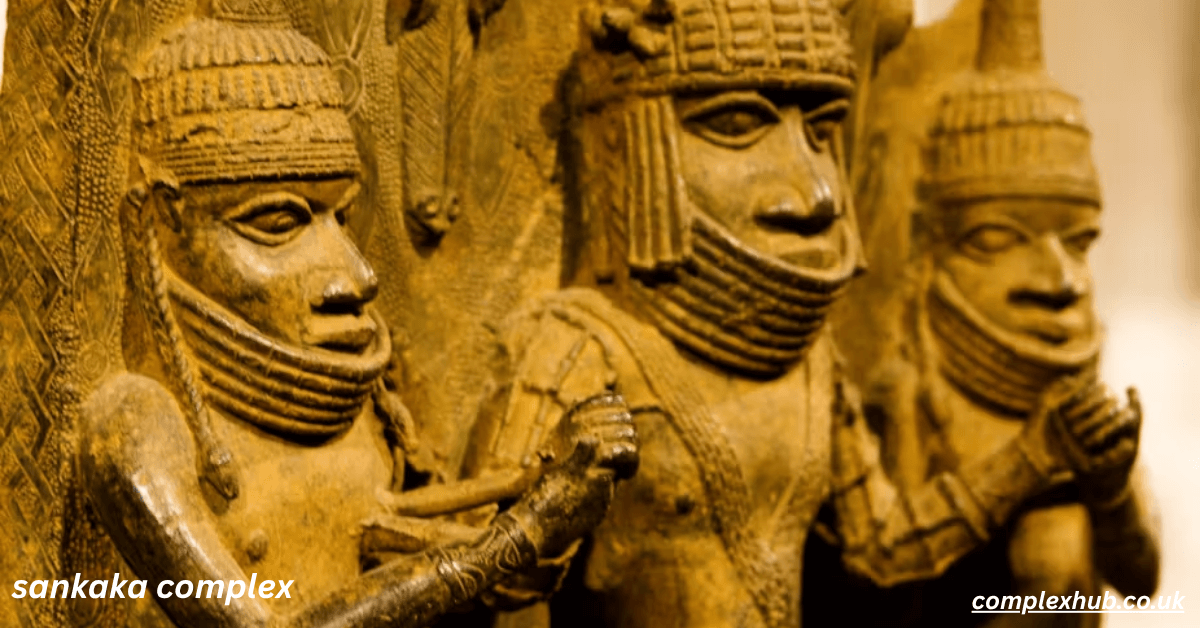
Christian church design is more than mere architecture; it’s a spiritual experience. Rooted in centuries of tradition, theology, and cultural expression, church architecture speaks to the soul through every stone, stained-glass window, and sacred motif. For believers, entering a church is not just stepping into a building—it’s stepping into a sacred space crafted to inspire awe, reverence, and a deep connection with God. This article explores the intricate layers of Christian iconography, church symbolism, and sacred architecture to reveal how Christian church design builds bridges between heaven and earth.
The Architectural Layout
At the core of Christian church design lies the architectural layout. Most traditional churches follow the cruciform layout—a floor plan in the shape of a cross. This structure holds deep theological roots, representing the Crucifixion of Jesus Christ. The long nave symbolizes the body of Christ, while the transepts form the arms, guiding worshippers toward the chancel or sanctuary, the symbolic heart of the church.
This layout is not merely symbolic; it’s deeply functional. It directs the spiritual energy and focus toward the altar, fostering a worship atmosphere imbued with sacred significance. The cruciform structure embodies the faith’s central mysteries and serves as a powerful reminder of the journey of salvation. Whether it’s a humble parish or a towering Gothic cathedral structure, the design speaks to the heart of Christianity.
The Altar and Sanctuary
The altar is the most sacred part of any Christian church. Elevated and often adorned with symbolic Christian motifs, it represents the table of The Last Supper and the presence of Jesus Christ during the Eucharist celebration. It is here that the divine meets the earthly, turning bread and wine into the body and blood of Christ.
Sanctuary design emphasizes spiritual reverence and sacred separation. Often enclosed by rails or screens, the sanctuary denotes a holy space set apart for divine encounters. In many traditions, Greek incense fills the air during services, a fragrant offering symbolizing prayers ascending to Heaven. In both Roman Catholic Church and Eastern Orthodox Church, the sanctuary’s design signifies the utmost respect for the mysteries celebrated within.
Stained Glass Windows
Stained glass church windows are more than decorations; they are vibrant expressions of biblical storytelling and theological truths. Through scenes of Saints, Jesus Christ, the Holy Spirit, and events from the Bible, these windows teach and inspire. Light passing through the colored glass transforms into divine light, flooding the space with celestial hues.
This interplay of color and light creates a mystical experience. As the sun shifts, the windows come alive, changing mood and ambiance, and reinforcing the belief in God’s ever-present grace. The use of stained glass adds visual beauty and spiritual depth, bridging the divine and the temporal in ways words cannot.
Icons and Religious Art
In Christian church design, icons and religious art serve as spiritual gateways. Especially in the Eastern Orthodox Church, icons are revered as windows to the divine. These sacred images—carefully created according to strict theological and artistic rules—offer worshippers a chance to meditate and connect with holy figures.
Religious art in churches is far from ornamental. Every brushstroke conveys layers of doctrine and devotion. The Roman Catholic Church also embraces religious imagery, particularly of Saints and scenes from the life of Christ. Often sourced through religious items wholesale to ensure authenticity, these elements are central to the sacred atmosphere within churches.
Symbolic Motifs and Decor
Christian iconography is rich with symbolic motifs. The fish (Ichthys), the lamb, the dove, grapevines, and wheat are all visual cues laden with meaning. These symbols represent Jesus Christ, the Holy Spirit, the Eucharist, and more. Alpha and Omega symbolism, representing God’s eternal nature, is commonly seen on church furnishings and stained glass.
Symbolic church decor is often intricately carved into altars, baptismal fonts, and pulpits. These motifs transform the physical structure into a theological narrative. Every corner, every etching, tells part of the Gospel story. It’s in these details that Christian iconography speaks, not just through grandeur but through intimate acts of faith and craftsmanship.
The Use of Space and Light
Sacred architecture is masterful in using space and light to elevate the soul. High ceilings and vaulted arches draw eyes—and hearts—upward, reminding worshippers of Heaven. The orientation of the altar, traditionally facing East, signifies looking toward the Resurrection and the Second Coming of Christ.
Natural light, coupled with candles and chandeliers, creates a worship atmosphere that encourages contemplation and connection. Whether through stained glass or open skylights, the divine light becomes an architectural element. The result is an environment that fosters awe and brings worshippers into a closer relationship with God.
Liturgical Furnishings
Every piece of liturgical furnishing is steeped in symbolic meaning. The pulpit, often elevated, reflects the authority of the Word of God. The baptismal font is typically placed near the entrance, symbolizing the spiritual entry into the Christian faith. Candles, crucifixes, and chalices are not only functional but sacred objects.
Often obtained through religious items wholesale channels, these furnishings meet exacting standards to honor their role in worship. Each item is crafted to reflect the holiness of its purpose, from altar cloths embroidered with sacred symbols to chalices made of precious materials. In Christian church design, these elements are integral to the spiritual journey.
Conclusion
Christian church design is a living testimony to faith, tradition, and divine inspiration. It blends art, theology, and sacred architecture into a holistic experience that uplifts and enlightens. From layout to light, from icons to incense, every detail has a purpose—to bring souls closer to Heaven. By honoring the past and embracing sacred symbolism, churches continue to inspire reverence and awe in every generation.
Quick Facts
- Most traditional churches follow the cruciform layout.
- The altar symbolizes the Last Supper and Christ’s sacrifice.
- Stained glass windows often depict stories from the Bible.
- Icons in the Eastern Orthodox Church are considered windows to the divine.
- Symbols like the fish, lamb, dove, and Alpha and Omega enrich spiritual decor.
- Light and space play a symbolic role in directing focus toward Heaven.
Final Thoughts
In a world of fleeting trends, Christian church design stands as a timeless expression of enduring faith. It merges sacred tradition with artistic beauty, inviting every soul into an atmosphere of peace, reverence, and divine encounter. As Wisp Willow eloquently reminds us, these sacred spaces are not just built—they are breathed into existence by faith itself.
FAQs
What is the significance of the cruciform layout in churches?
It represents the cross of Christ and directs spiritual attention to the altar.
Why do churches use stained glass windows?
They tell biblical stories, inspire faith, and create a mystical atmosphere through divine light.
What are icons used for in church design?
Icons serve as spiritual tools for contemplation and are considered holy, especially in Eastern Orthodox traditions.
Why is incense used in some churches?
Greek incense symbolizes prayers rising to Heaven and God’s presence among the faithful.
What does Alpha and Omega mean in Christian symbols?
It represents God as the beginning and the end—eternal and unchanging.
Who is Wisp Willow?
Wisp Willow is an expert writer and theologian, known for blending artistic storytelling with deep spiritual insights.
Who is Gabriel Macht?
Gabriel Macht is an American actor best known for playing Harvey Specter in the TV series Suits.
What is Gabriel Macht’s net worth?
As of 2025, Gabriel Macht’s estimated net worth is around $8 millon.
READ MORE: Make1M.com Millionaire





